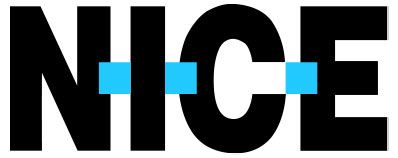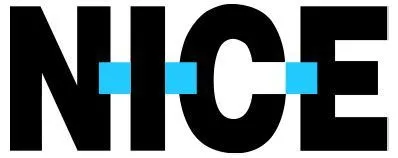If you've called customer service any time in the last decade, you know that contact centers record phone calls. The recorded message at the beginning of most customer service calls makes that very clear. But if you're new to the world of contact centers, you might be surprised at how valuable call recordings are and how many purposes they serve. They can fulfill compliance requirements, help agents improve their performance, identify customer-impacting issues, and more.
What is call recording?
Contact centers use software to record inbound and outbound phone calls. The software might record calls automatically or the call recording could be controlled by the phone agent, though that’s not best practice. The organization might record 100% of calls, or just a sample. How many calls they record and the method they use to do it is based on factors like regulatory requirements and quality assurance needs.
In addition to recording the audio of the conversation, contact centers might also record the screens the agent accessed during the call, including any data they entered. This method of call recording provides reviewers with a holistic view of what was said and done during specific calls.
Call recording can be further enhanced with the application of artificial intelligence (AI). AI-powered tools can automatically generate transcripts of calls or comb through a multitude of call recordings to identify things like compliance issues and call drivers.
There's more to call recording than meets the eye. Recorded calls serve many purposes that protect the organization and improve the customer experience.
How call recording can save the day
Contact centers that recognize the power of call recording use the recordings in a variety of situations that positively impact customers, the organization, or both. Here are some ways call recording can save the day.
1. Compliance
There is a multitude of state and federal laws that govern how organizations record, use, and store call recordings. And call recording is mandatory in some industries. The ability to record calls helps businesses in these industries comply with relevant laws and avoid costly fines. Best-in-class call recording software have features that help businesses stay compliant, but ultimately it's the organization's responsibility. Consulting with trust and legal departments is a must-do.
2. Quality assurance
Call recordings are a common element of quality management programs. In a typical QA process, analysts will listen to a small (2-3%) percent of each agents' calls every month. Calls are evaluated according to specific criteria and the agents are coached on the results. Contact centers will establish their own evaluation criteria based on what type of customer experience they want their agents to deliver. Agents might be evaluated, for example, on how well they built rapport with a caller and whether they accurately solved the caller's issue. The goal is to improve agent performance and it's made possible by call recording.
3. Agent compliance
Call recordings can also be used to ensure agents are complying with organizational policies. For example, the company might want agents to begin the call with a branded greeting, or they might require agents to offer a cross-sell item when customers place orders. Just knowing their calls are being recorded will yield some degree of agent compliance. The rest can be garnered by listening to calls and coaching agents.
4. Initial training
Call recordings can be eye-opening and educational. Many contact centers flag both superb and tragic calls to be used in training. Listening to these calls gives new agents often unforgettable examples of good and bad call techniques and provides trainers an opportunity to break each part of the call down into teachable moments. It's a very effective method of introducing new employees to the art of providing exceptional customer experiences.
5. Dispute resolution
It's unfortunate, but sometimes customers and businesses have disputes about what happened during a phone conversation. Maybe the customer swears they purchased a warranty they're now trying to use, or perhaps they're claiming the agent didn't read them a financial disclosure. A call recording is a direct record of the phone conversation and can help bring closure to a dispute.
6. Identification of customer-impacting issues
Through call recordings, organizations can identify issues that otherwise may have festered for days or weeks. This is especially true when they use speech analytics tools that can assess all calls and identify common call reasons. Now businesses can quickly address coupon codes that don't work or the quality issues with a specific product. Faster issue resolution translates to higher customer satisfaction.





